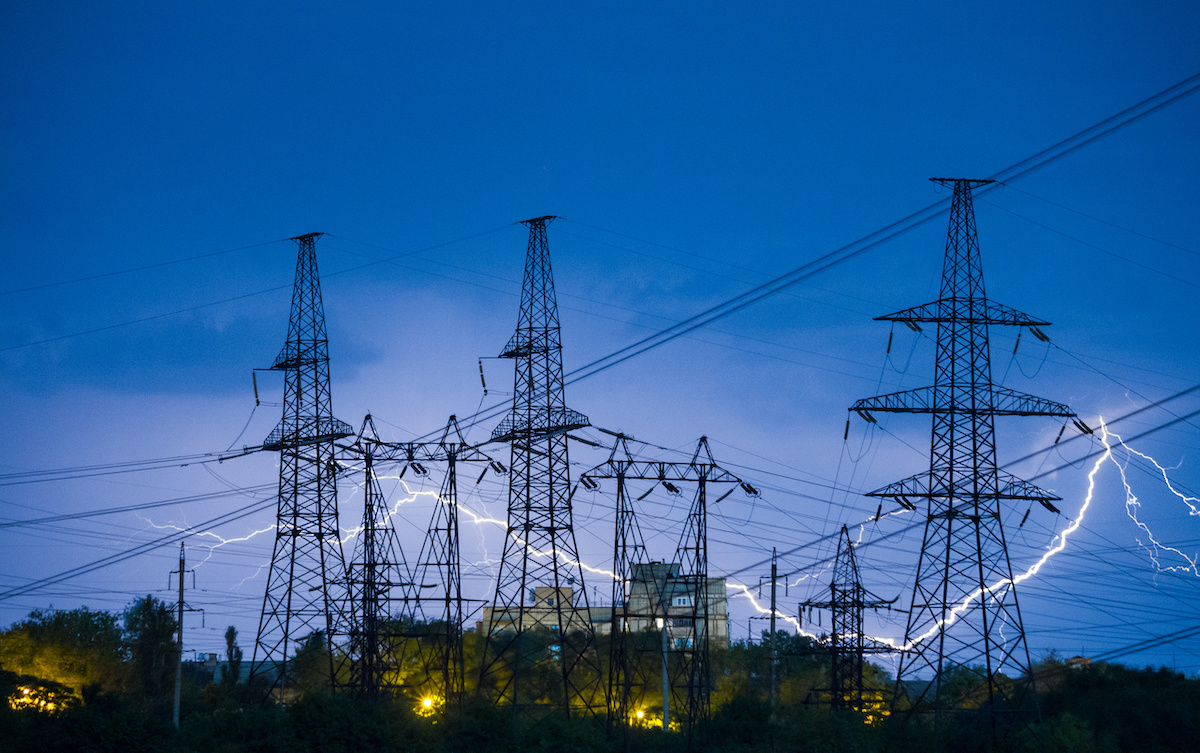Helpful Tips for Preparing a Data Center for Severe Weather18 min read

Weather can have a severe impact on the function of data centers. Heatwaves and electrical storms can easily damage sensitive equipment, while more serious events like earthquakes, floods and tornadoes can knock centers offline for days or even weeks.
Fortunately, managers don’t have to be at the mercy of nature. There are steps that can be taken to ensure data centers are prepared for challenging weather.
Precautionary Measures All Data Centers Can Take
Data center managers should create a disaster plan that covers how the center will continue to operate if key utilities — water, electricity, internet and more — are knocked out of service. These data center technologies are essential for operations.
Data center management should maintain a list of staff who are available to come into the center to monitor operations and keep infrastructure working in case of an emergency. If possible, minimize the amount of travel these employees need to do. This may mean arranging for hotels or emergency housing, or selecting people who live close to the data center.
Be ready to cancel scheduled maintenance and updates for the duration of the extreme weather event. Focus the team on keeping essential data center functions and infrastructure online instead.
Ensure all backup power systems work properly. Test generators regularly — once every 30 days, if possible. If a major weather event is coming, make sure generators are fueled and ready for operation. Managers should also keep a record of how much energy they burn. This information can be used to properly stock up on reserve fuel.
Prepare emergency communications and plan for the possibility that cell networks and the internet will be down during and after the extreme weather.
Preparing for Specific Weather Events
Once a general disaster response plan is in place, it needs to get more specific. Managers should familiarize themselves with the risks that natural disasters can pose to data centers, as well as the types of extreme weather a location is likely to experience.
If a data center is in an area prone to heavy rainfall or strong winds, additional steps can be taken to be even better prepared.
Before storms, or whenever strong winds are expected, secure any loose items around the data center’s campus. Check rooftop equipment and panels to ensure they are secure.
Know the location of all storm and roof drains on and around a building or campus. These areas must be kept clear of debris in general, but especially during heavy rainfall. Clogged drains can easily lead to flooding or water collecting on the roof, where it can cause serious damage.
Warmer weather and heatwaves, while not natural disasters, can also create serious issues. When outside temperatures rise high enough, they can make data centers harder to cool and reduce or eliminate free-cooling hours. In cases like these, the heat generated by data center infrastructure can easily cause devices to fail or lead to fires.
To be prepared for heatwaves, managers should keep a regular maintenance schedule for their data center’s cooling system. Be prepared to spend some extra energy keeping the center cool through bouts of hot weather. Smoke detection systems and fire protection designed for use in data centers can help ensure that even if high temperatures cause a fire, staff and critical equipment will be protected.
Managers should also consider alternatives to HVAC cooling. Liquid cooling systems, for example, can have 50 to 1,000 times the capacity to remove heat compared to HVACs.
How to Prepare a Data Center for Extreme Weather
Bad weather can have a severe impact on any data center, and without the right preparations in place, even moderate wind or rain can create serious challenges.
Fortunately, preparing for disasters is mostly a matter of planning ahead. To minimize the impact of weather on a data center, managers should maintain a disaster preparedness plan that includes information like staff who can work through extreme weather and the amount of fuel needed to keep backup power online. They can also prepare for more specific events — like heavy rain or extreme heat — that are likely to occur where a data center is located.
With the proper planning and preparation, managers can keep their data centers operating through any storm.
Real-time monitoring, data-driven optimization.
Immersive software, innovative sensors and expert thermal services to monitor,
manage, and maximize the power and cooling infrastructure for critical
data center environments.
Real-time monitoring, data-driven optimization.
Immersive software, innovative sensors and expert thermal services to monitor, manage, and maximize the power and cooling infrastructure for critical data center environments.

Kayla Matthews
Freelance Writer
Kayla Matthews is a technology journalist and data center writer whose work has been featured on Data Center Journal, Data Center Frontier, Data Center Dynamics and the vXchnge blog. To read more from Kayla, please visit her blog, Productivity Bytes.
Airflow Management Awareness Month 2019
Did you miss this year’s live webinars? Watch them on-demand now!







0 Comments